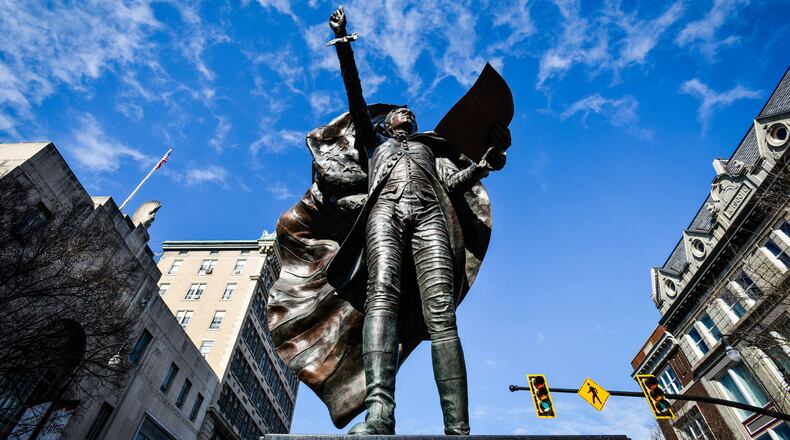The survey is conducted in two phases. The first is a random sampling of residents, where 2,800 households will receive the survey. These households would have already received a postcard signed by Mayor Pat Moeller.
The second phase starts on April 26 with the public participation survey, and ends on May 10.
The National Community Survey is a collaborative effort between National Research Center and the International City/County Management Association. The goal is to gather residents’ opinions, which will be compared the historical ratings. Past surveys conducted in Hamilton were in 2011, 2015, 2017, and 2019.
The 2019 survey had more than 1,000 participants, which included online and mailed surveys, from the two phases of the community survey.
City Manager Joshua Smith, who joined the city in September 2010, said the initial 2011 survey was to establish a baseline so the administration could “understand what people thought in a variety of categories.”
The Hamilton Parks Conservancy was one of the things that came out of this survey “because our parks had received such poor scores,” he said. The city’s neighborhoods received poor scores in that first year, and the city eventually established the Department of Neighborhoods, and ultimately 17Strong took root out of the survey.
The survey has shown people are more positive about the direction the city’s headed since 2011, according to the survey results. In 2011, which was within Smith’s first year as Hamilton city manager, the overall direction was rated at 27% positive. But the perception doubled in 2015 at a rate of 56%, and has remained steady in 2017 and 2019 at 65% and 66%, respectively.
Smith said these surveys are not about validating what the city has done, but “it’s more about what residents think that we’re not doing well because we want to put additional emphasis in those areas.”
Department of Neighborhood Director Brandon Saurber said the scientifically significant and statistically relevant feedback provided by the survey adds to the bigger picture.
“It’s one thing for us to operate off of anecdote or just strictly from the perspective of the handful of community leaders we deal with very frequently, but what’s amazing about this is that it’s scientifically significant and statistically relevant feedback,” he said. “It really gives us probably the best picture into what the average Hamiltonian thinks about services and the condition of the community.”
THE NATIONAL COMMUNITY SURVEY
The National Community Survey is a collaborative effort between National Research Center and the International City/County Management Association. Results of the 2023 survey will record the opinions of residents within three pillars of a community and across eight central facets of a community.
The three pillars include: Community Characteristics, Governance, and Participation
The eight central facets include: Safety, Mobility, Natural Environment, Built Environment, Economy, Recreation and Wellness, Education and Enrichment and Community Engagement
Results are expected to be released in late June, and will be compared to past survey results that were captured in 2011, 2015, 2017 and 2019.
About the Author

